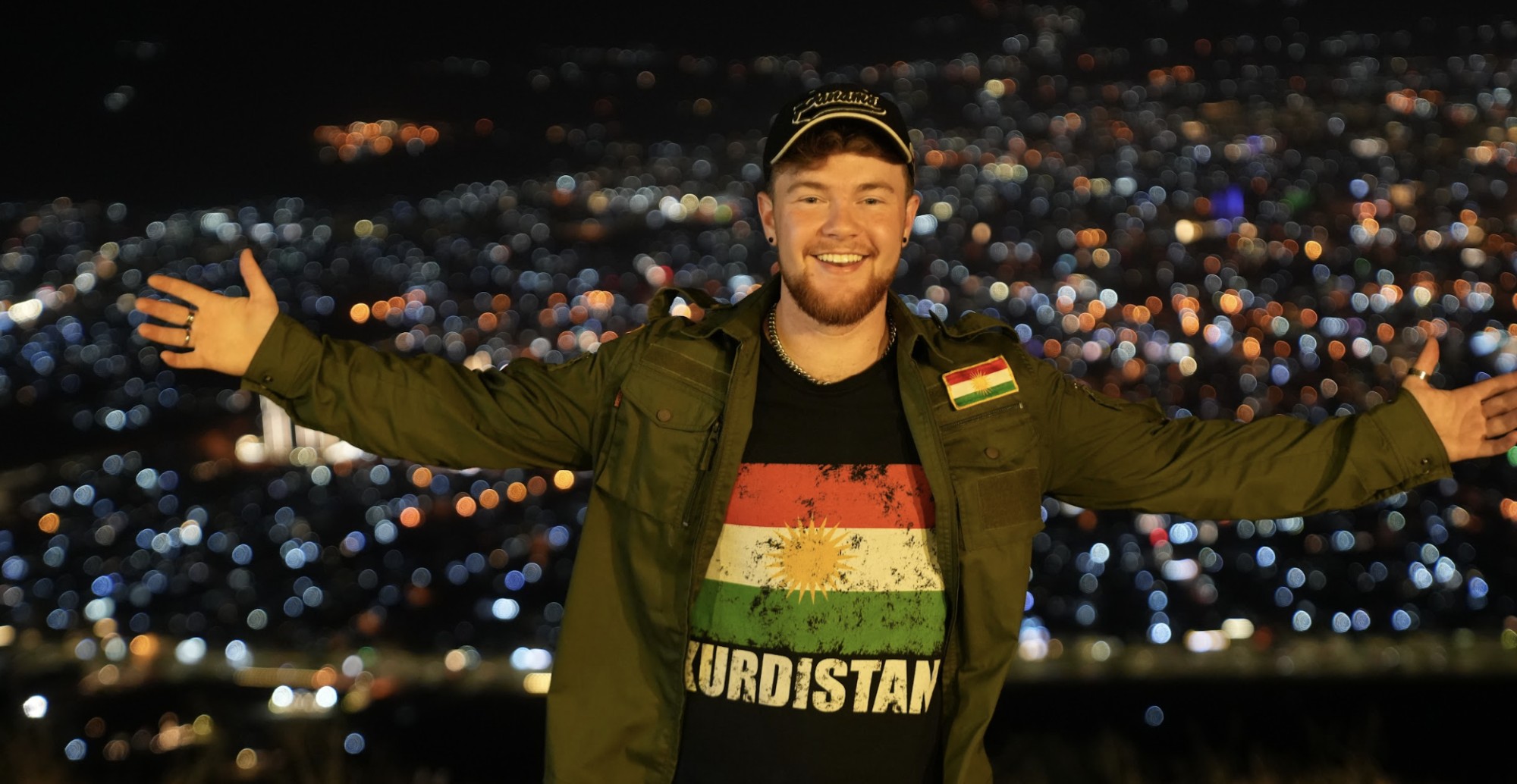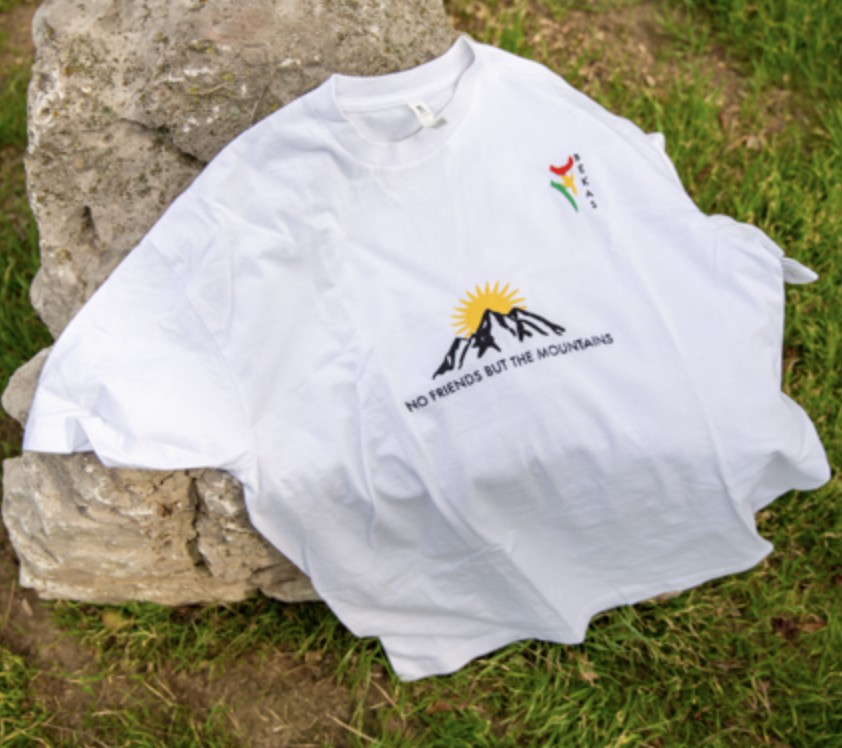Behind the closed doors of most homes in Kurdistan lies a tragic, heart-wrenching story. As memories resurface, wounds become fresh and painful and eyes shed tears akin to winter rain. These bitter tears are a result of the Anfal Campaign in 1988, which brought suffering and tragedy to the majority of Kurdistan’s residents.
The most dramatic element of this massacre is that Anfal occurred when most people were preparing for a wedding. As in any corner of Kurdistan and the world, in the village of Biran nestled on the slopes of Mount Piramagrun, a family’s story began with love. A new anthology seeks to capture the loss, solitude, despair and kept promises that pile on top of one of Kurdistan’s most famous mountains, heavy as snow.
In 2018, the renowned Kurdish photographer Nasih Ali Xayat was offered the chance to narrate the life of Mullah Qaraman and his wife. He visited Biran and meticulously captured their life story through photography and video, publishing an anthology entitled The Sole Survivors of Anfal. Their story is now presented through Kurdistan Chronicle, to inform audiences inside and outside of Kurdistan about the horrors of the Anfal Campaign.
As the writer entrusted with crafting this documentary, and drawing from the insights of the renowned photographer Nasih Ali, I sincerely hope that this documentary resonates with audiences both within and beyond Kurdistan.

Finding love and devotion
Biran was home to approximately 50 mud-built houses, where all residents were friends and relatives. Inside one home, Mullah Qaraman, his wife Aisha, and their only son lived their daily lives in peace, happiness, and harmony, much like the other villagers.
Mullah Qaraman was a dedicated man who was genuinely passionate about education and art. As a child, his father sent him to Biran for religious studies, which served as an alternative to schools for rural people. However, he could only attend the lessons for three days due to the sudden death of his teacher. Despite this, his intelligence led to him to assume the role of prayer leader for the villagers, a position he maintained from his youth until the events that unfolded a decade before Anfal.
At that time, he fell in love with a beautiful girl from Biran named Aisha. After seeking her hand in marriage, she became his wife. Their life brimmed with love and devotion, and after a few years, they were blessed with a son. Their happiness, however, was abruptly shattered by the flames of Anfal, which catalyzed so many other other painful tales. The deeper one delves into this tragedy, the more sorrowful stories emerge, all intertwined with that fateful black day in Kurdish history.
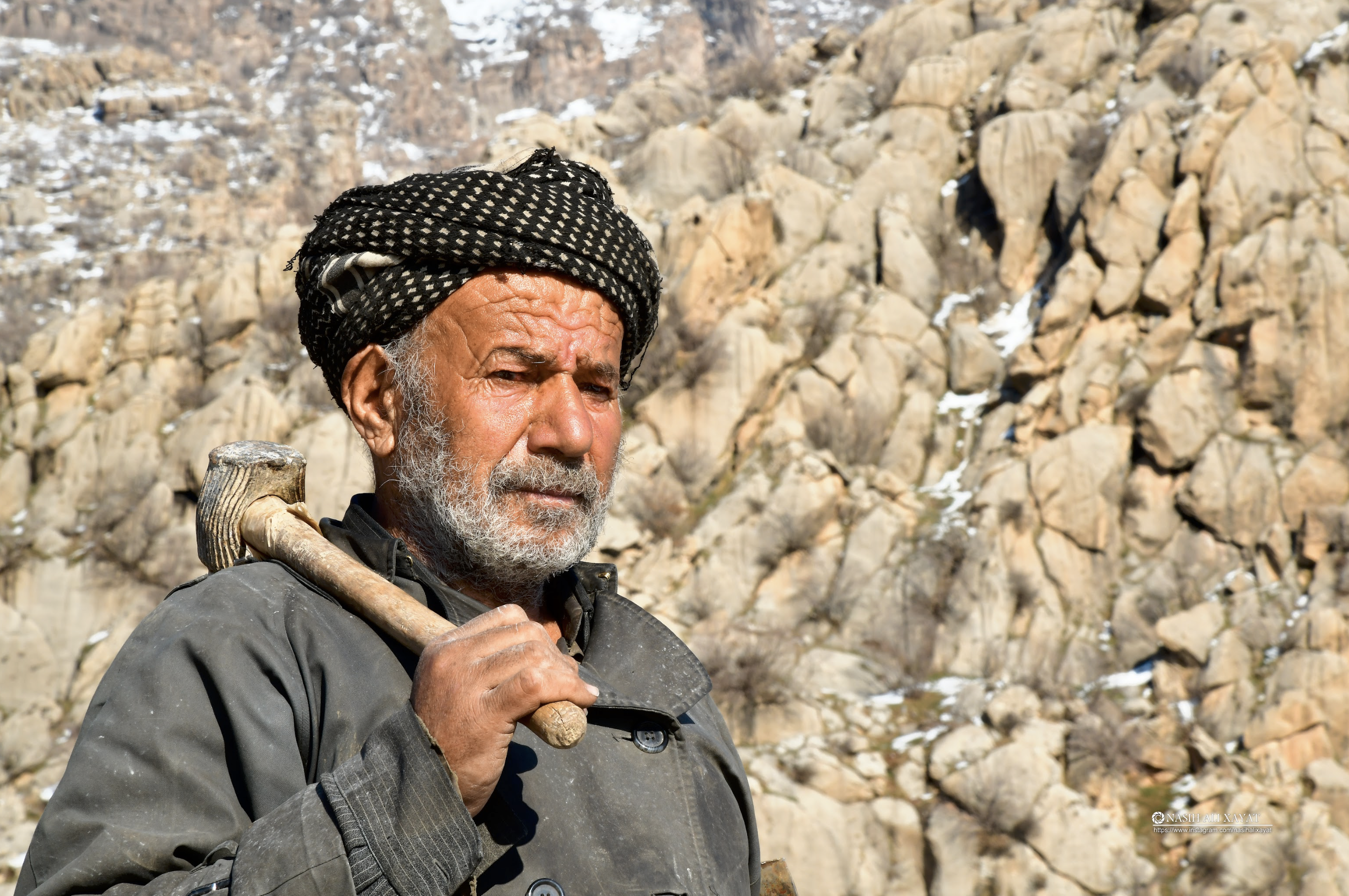
A wound unhealed
The Anfal Campaign transpired across eight phases spanning seven months, starting on April 14, 1988. A devastating toll was exacted, with 182,000 innocent Kurdish people, encompassing women, children, and the disabled, losing their lives. Additionally, it resulted in the displacement of hundreds of thousands of families and individuals to undisclosed locations. Overall, Anfal led to a decline in the Kurdish population in Kurdistan. It left nothing but devastation, profound sadness, and untreated pain for those who survived.
Those born after Anfal constantly hear about the brutal acts committed against their land and people. Every year, on April 14, Kurds in Kurdistan commemorate this tragedy through mourning, wearing black clothes, and concluding the dark day with theatrical performances, poetic readings, and speeches. This demonstrates that this tragedy, like a wound, has never fully healed and has not been forgotten by the families and loved ones of the victims, and the Kurdish people as a whole.
Most Kurdish homes contain cherished photographs, laden with bitter memories that depict fathers, husbands, and children whom they still remember as fleeting summer dreams. These pictures hanging on the walls symbolize fidelity and respect for their lost loved ones. Every phone ring or knock at the door shakes the hearts of most families of Anfal victims, hoping it might bring news about their missing relatives so they can be found and laid to rest in Kurdistan. Visiting their graves may reduce the pain and soothe the hearts of survivors, but they always ask the same question: What was our sin, we innocent Kurds? Why did this happen to us?
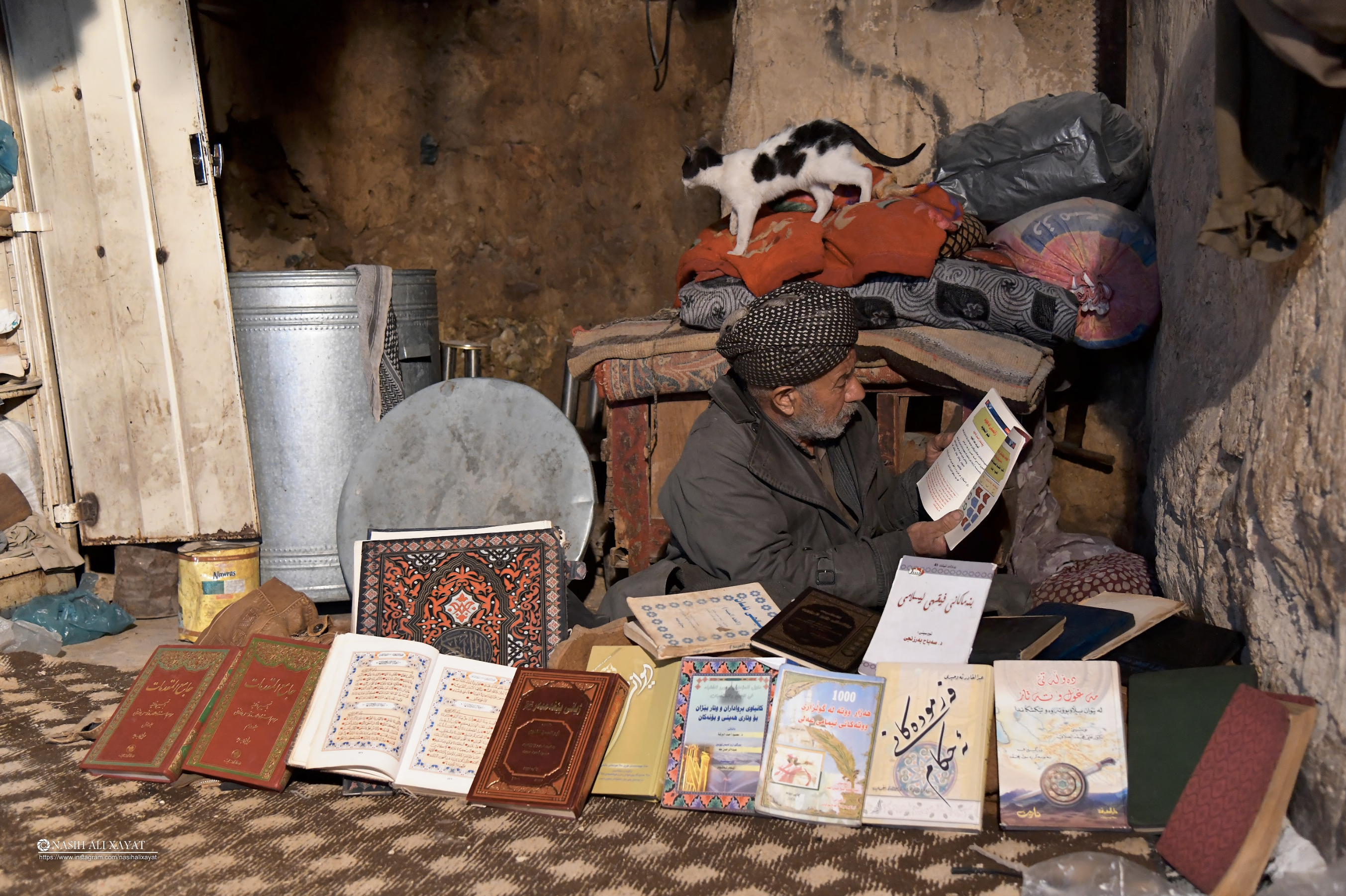
Perpetual shock and silence
Anfal left nothing but destruction in its wake, but in Biran, it did produce an incredible love story. Anfal wrecked the lives of Mullah Qaraman and his family. Aisha was a living victim of the tragedy, deprived of all of life’s joys until her final moments. Her prolonged silence was broken only by constant fear, with her thoughts trapped in a perpetual black circle of reliving those tragic events.
Yet Mullah Qaraman also experienced a moment that he will never forget. The Anfal Campaign started in the village of Piramagrun. Aisha’s father’s house was raided, and the family was forced to get into a military vehicle. Aisha’s younger brother, who was young, tried hard to resist and was shot in the head, dying instantly, an event Aisha witnessed firsthand, leaving her in a state of shock and silence.
Mullah Qaraman took Aisha and their son to the plains of Piramagrun, where they settled in the camp called Zora Malle (meaning “forced group”). There, Aisha began losing her mind and suffering from psychological problems. After three months, her mental state deteriorated completely. Despite Mullah Qaraman’s utmost effort to restore Aisha’s health by caring for her and seeking medical treatment, Aisha relived her brother’s murder in her mind, preventing her from healing.
However, Aisha knew her husband well and only felt safe with him. She remained quiet throughout her days, but after long silences, she repeated a few words: “They took them, they killed him, let’s leave here.”

Becoming a shepherd
After six years, in the 1990s Mullah Qaraman and his family returned to Biran, settling again in their small mud house consisting of a single room. Although some of the couple’s relatives – who were not affected by Anfal – lived there, Mullah Qaraman never abandoned his wife. He never remarried and remained loyal to Aisha until her last moments. There were two reasons for this. Firstly, he had promised his father-in-law on the day of Aisha’s engagement to protect her forever as he would his own eyes. Secondly, to prevent hurting Aisha’s suffering heart and soul, he gave up his personal life. No one was allowed to serve her except him.
He always prayed that Aisha would die before him because he believed that if he died first, Aisha would be lost, and no one would care for her needs like him. For this reason, he never ventured into the city to find work – he was one of the best mechanics of his time – to avoid leaving her and his son alone. Instead, he became a shepherd, taking care of the villagers’ sheep and cows, which allowed him to return home multiple times a day to visit Aisha, ensure her well-being and meals, and earn money to meet their needs.
In addition, he never abandoned his artistic endeavors, continuing to pursue his childhood passion for art. This had started when Mullah Qaraman fell in love with art as a child. In the 1970s, he began sculpting, inscribing verses from the Quran and poems of prominent Kurdish poets on the stones of Mount Piramagrun. In 1976, he carved the English alphabet on a stone slab on the same mountain. After returning to Biran after Anfal, he did not consider his wife’s illness as an obstacle to his art. Every day, when he took the sheep and cattle to Mount Piramagrun, he carved some artistic works on the stone slabs. To date, he has sculpted more than 30 artistic works. Moreover, he used his tired hands to remove soil and rocks from Mount Piramagrun to build a road for people and cars. Despite all the difficulties, Mullah Qaraman played a significant role in serving the village of Biran.
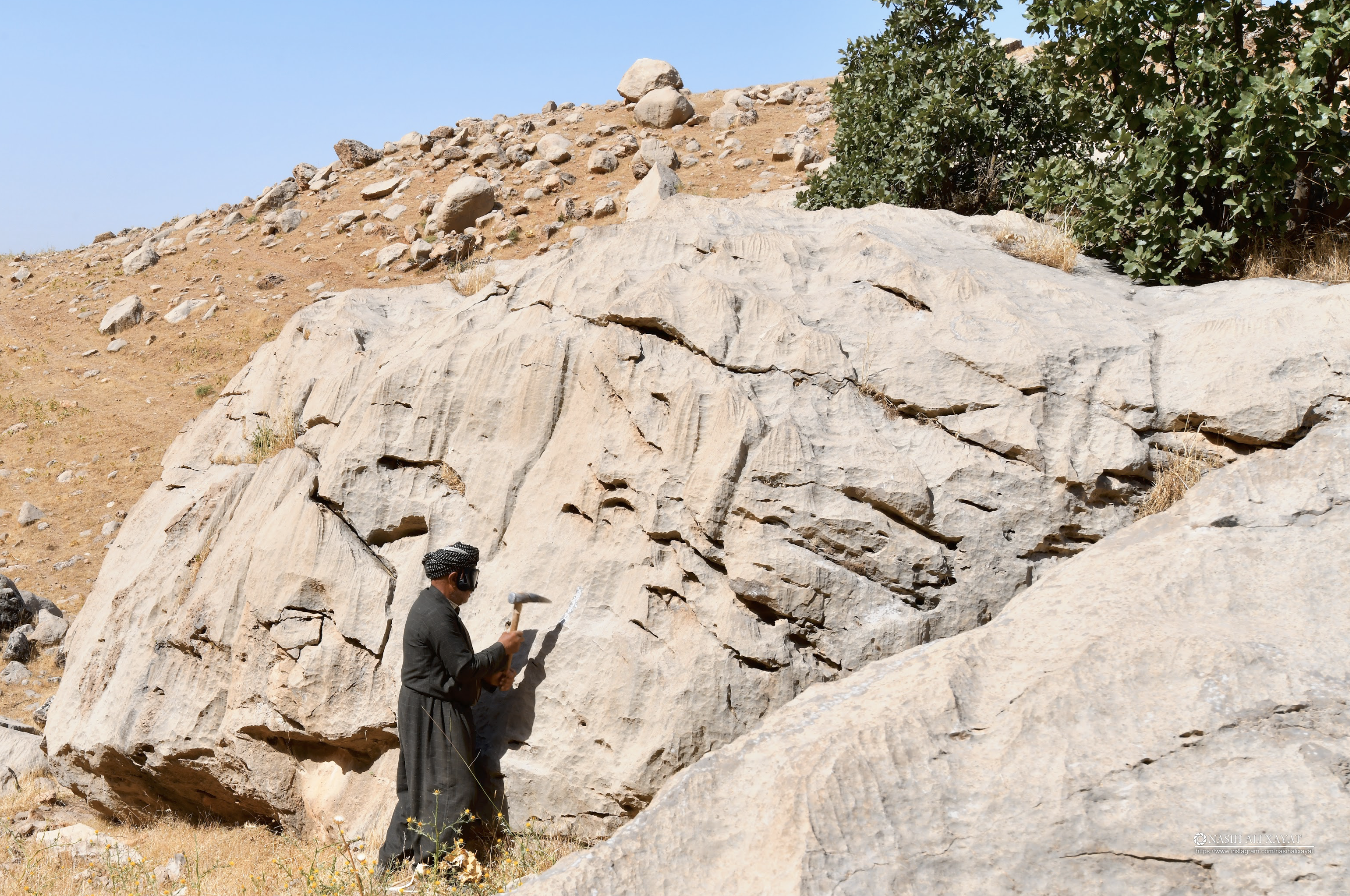
Aisha’s hero
Mullah Qaraman was about 80 years old when, because of his love for learning, he set up a library in the corner of his small mud house. He owned more than 100 books in Kurdish and Arabic, most of which were historical. When he returned home after work, , he spent a few hours reading them each night. To this day, Mullah Qaraman continues his work and serves the village of Biran. In recent years, their son, with his father’s support, has married and built a family.
Unfortunately, a few months ago, Aisha passed away, having carried the burden of illness, fear, and unfulfilled dreams throughout her life. Nothing remained of Aisha except her name and painful story. Mullah Qaraman finds it difficult to live without her in their quiet house but is comforted by the memory of the love, loyalty, and care he provided to her. Thus, their story ended with the same love that had always endured between the four walls of their small mud house.
This tragic story will not be forgotten, just like hundreds of other stories in the wake of Anfal. Despite Aisha’s absence and the difficulties of loneliness, Mullah Qaraman remains occupied with his daily activities, including his work as a shepherd, his artistic endeavors, and his books. However, he always remembers his wife – the love of his life – and tears fall from his eyes. He never forgets the pain in his heart, which is why he is known as Aisha’s loyal hero.
The photographer Nasih Ali Xayat started documenting moments from the lives of Mullah Qaraman and his wife Aisha in 2019. The power of love in triumphing over life’s hurdles, amid diligent work and the promotion of art, is captured in over 1,000 photos and an hour-long video that Nasih Ali completed in 2021. Since then, he has sought to provide the couple with a better life by sharing their images on his Facebook and Instagram accounts to attract financial support. With the help of organizations and individuals, the couple managed to build a small, beautiful house for themselves in Biran.
This photographer is seeking sponsorship to produce a documentary film about their lives, entitled Aisha’s Hero. He also aims to translate it from Kurdish into Arabic and English, intending to showcase the film on screens in Kurdistan and abroad to share this tragic story of Anfal and the persistence of Mullah Qaraman’s love and loyalty toward his ailing wife.
Fatima Qassem is a journalist, artist, poet, and art designer who has organized numerous art exhibitions in both the Kurdistan Region and international locations.
